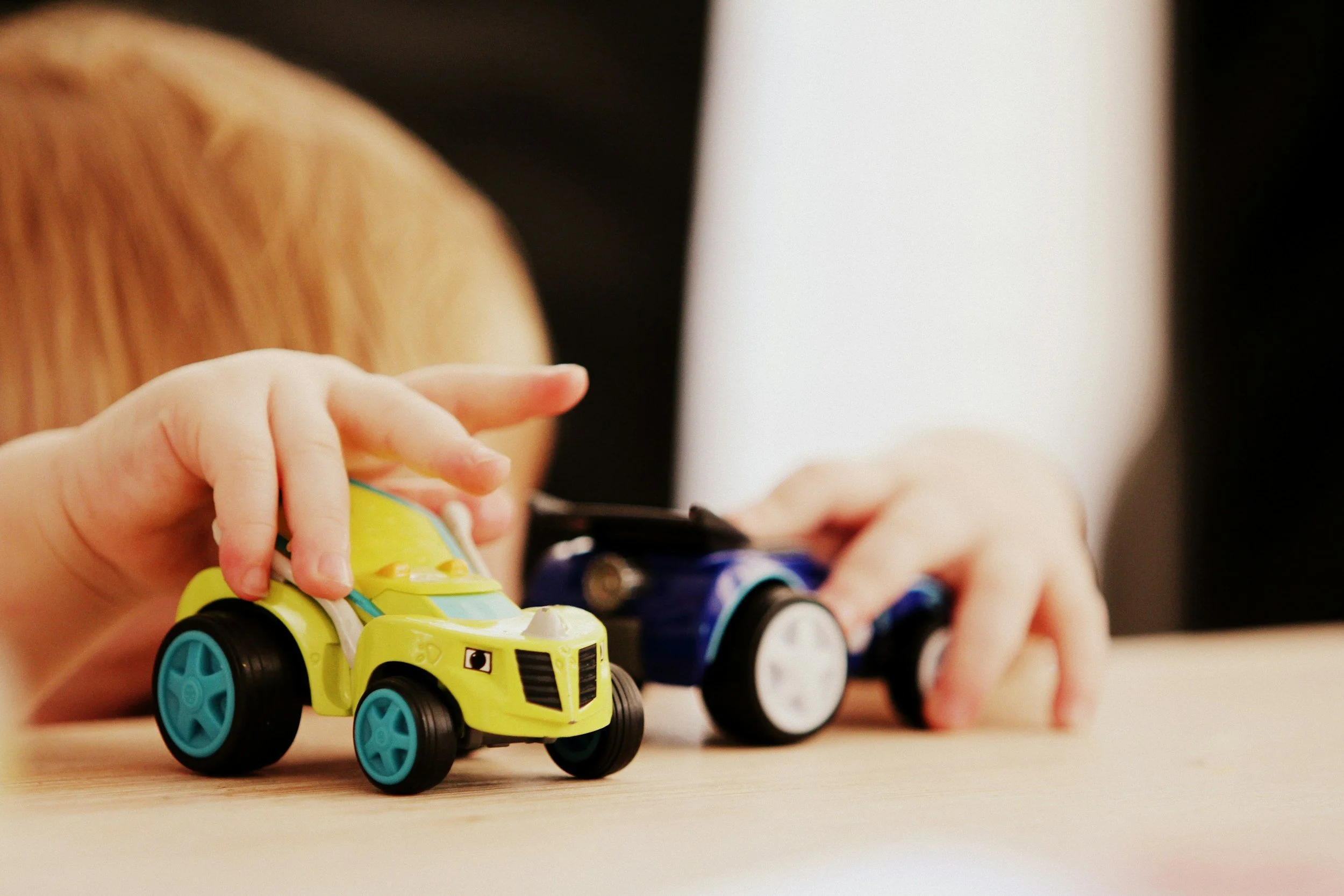WHat is Child-Centered Play Therapy?
How Play is Healing
“So, do you just play all day?”
As a play therapist practicing Child-Centered Play Therapy (CCPT), I’ve heard this question many times. Maybe you’ve wondered the same thing—and that’s okay! It’s a great question, and I’d love to answer it for you.
Understanding the Roots of Child-Centered Play Therapy
Before we talk about play therapy, we first need to talk about therapy in general. I believe therapy should always center on the client—not the therapist, the intervention, or even the outcome.
That may sound obvious now, but it wasn’t always the case. Until the 1940s, therapy was much more direct. The therapist was viewed as the expert—the one setting goals, making decisions, and guiding every session.
That all changed when Carl Rogers introduced what’s now known as Client-Centered (or Person-Centered) Therapy.
The Client-Centered Approach
Client-Centered Therapy views the client as the expert on themselves. It emphasizes the therapeutic relationship as the foundation for growth and allows the client to guide sessions in the direction they need most.
One of its most powerful “interventions” is simply nonjudgmental listening. Having a space that feels safe, open, and free of judgment is deeply healing on its own.
How This Applies to Children
Children, like all humans, long to be seen and heard. But young children rarely express themselves through words or long conversations. If you’ve ever spent time with a young child, you already know what they do instead—they play!
Play is as rich and expressive as any spoken language. It communicates emotions, tells stories, and builds connection.
What Happens in Child-Centered Play Therapy
Child-Centered Play Therapy is based on the same principles as Client-Centered Therapy, but it uses play as the medium for communication and healing.
In CCPT, the child leads the way. They are seen as the expert on themselves and, through play, can:
Process difficult experiences
Build problem-solving and coping skills
Develop a stronger emotional vocabulary
The “Be-With Attitudes” of a Play Therapist
Therapist Gary Landreth described the heart of Child-Centered Play Therapy through what he called the Be-With Attitudes:
I Am Here: The therapist is fully present, attentive, and ready to engage.
I Hear You: The therapist listens actively and reflects what the child communicates, both verbally and nonverbally.
I Understand: The therapist offers empathy for all of the child’s feelings and experiences.
I Care: The therapist shows warmth, compassion, and unconditional positive regard, no matter what the child expresses.
I Delight in You: The therapist genuinely enjoys and affirms the child’s unique self and presence.
When these five attitudes are present, children feel safe, accepted, and deeply seen. From that sense of safety, growth and healing naturally begin to unfold.
The Deeper Work Beneath the Play
So, while it may look like “just playing,” there’s so much happening beneath the surface in every Child-Centered Play Therapy session.
Through play, children find a safe space to explore their emotions, practice new skills, and experience the healing power of being fully understood. If you have a child who may benefit from this experience, reach out to us at New Hope Healing. We’d love to “be with” your child as they learn and explore through CCPT!
